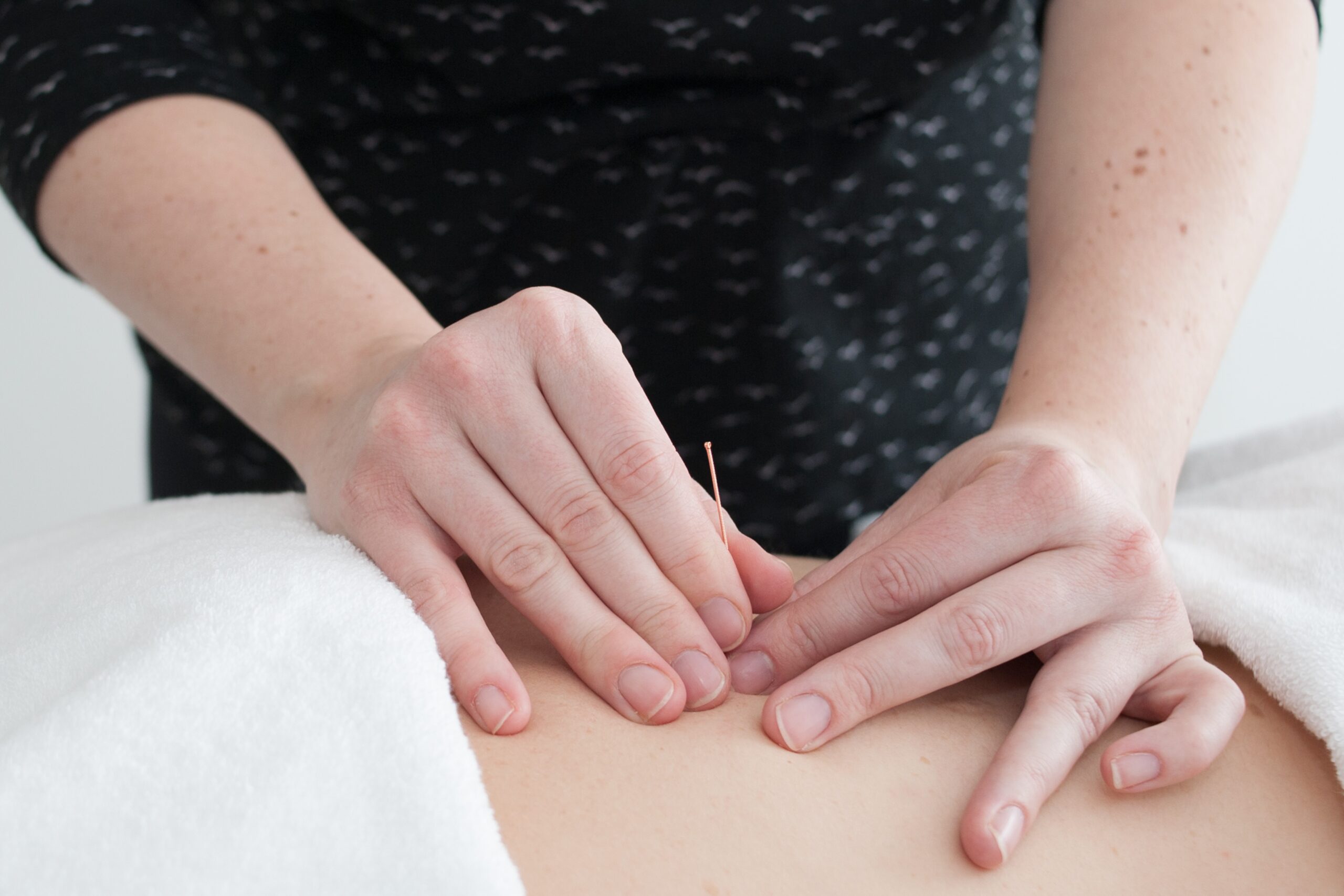Acupuncture involves inserting very fine needles into specific spots in the body to produce a therapeutic effect. It works by stimulating a release of chemicals and hormones in the brain, spinal cord and muscles. This brings the nervous system to a balanced state that improves pain, muscle activation and circulation. It is a natural way to influence the body’s internal regulating system, help promote physical and emotional well-being and stimulate the body’s natural ability to heal.
It is a gentle technique and there is little to no discomfort when the needles are inserted. Most clients report they find it really relaxing and often have a little rest! We love to see this, as the acupuncture has optimal effects when the mind and body are fully relaxed.
What conditions can acupuncture help with?
The World Health Organization recognizes acupuncture in the treatment of:
- Neck pain, shoulder pain, low back pain
- Joint pain
- Headaches
- Sciatica
- Osteoarthritis
- Sports injuries
- Movement disorders
- Tennis elbow
Contemporary Medical Acupuncture — what is it?
One type of acupuncture we offer at Elora Physiotherapy is neurofunctional acupuncture. This acupuncture training is completed at McMaster University as part of their Contemporary Medical Acupuncture Program. It is a University-based continuing education program designed for qualified health professionals.
Contemporary Medical Acupuncture is synonymous with neurofunctional acupuncture and electroacupuncture. It is a physiological intervention that elicits existing available regulatory mechanisms in the body through the up-regulation and down-regulation of specific cellular processes.
This is a precise peripheral nerve stimulation technique, in which acupuncture needles are inserted into anatomically defined neurofunctional sites, and stimulated with electricity. This is done for the therapeutic purpose of modulating abnormal activity of the nervous system and/or the endocrine, exocrine and immune systems, in pain syndromes, functional problems, and any diseases in which these modulatory mechanisms are available. Neuromodulation occurs through neurological and neurohumoral mechanisms at multiple levels, namely: peripheral nerves, spinal cord, brain stem, brain and cerebellum.
By stimulating the nervous system in this way to release chemicals in the brain, spinal cord and muscles, these chemicals will change the experience of pain — or they will trigger the release of other chemicals and hormones which influence the body’s own internal regulating system. The improved energy and biochemical balance produced by neurofunctional acupuncture results in stimulating the body’s natural ability to heal.
Contemporary Medical Acupuncture is mechanism-based, not disease-based. Therapeutic goals and treatment targets are selected based on the identified neurological dysfunctions contributing to the clinical presentation of the symptoms.*
If you have any more questions or would like to learn more, please be in touch! We love helping you move and feel your best and acupuncture is definitely one of the tools that can help.
*This information has been provided from the McMaster Contemporary Medical Acupuncture Program and the Canadian Contemporary Acupuncture Association. More information can be found at http://mcmasteracupuncture.com and http://www.contemporaryacupuncture.ca.

